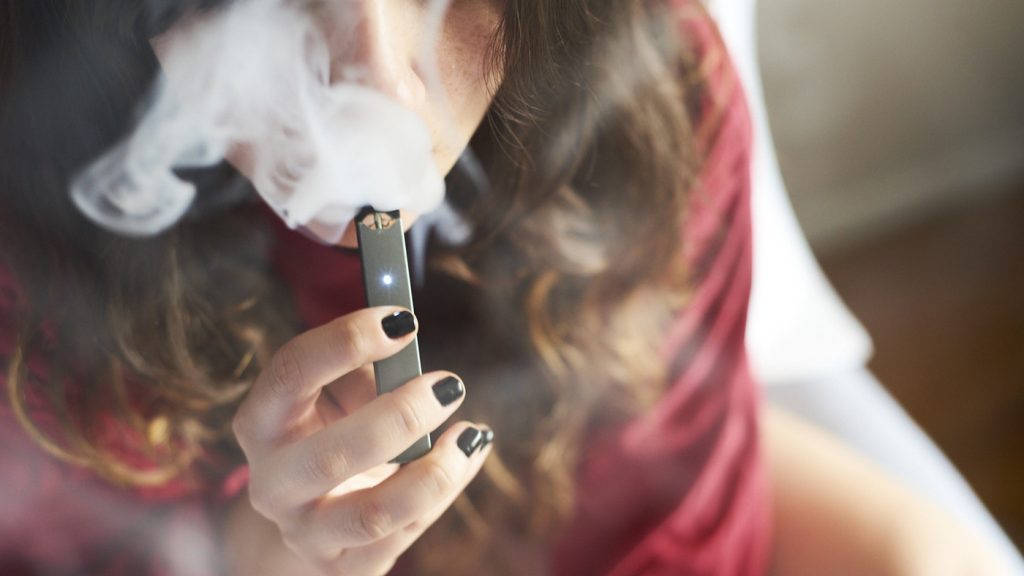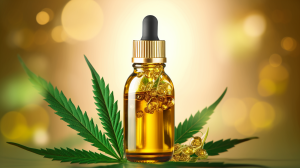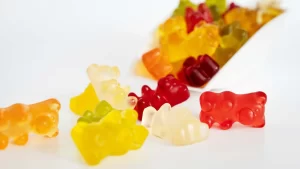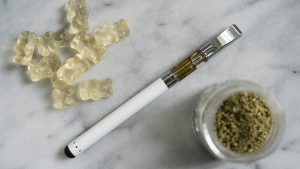Bioavailability alludes to the extent of a substance that enters the circulatory system when brought into the body and is hence accessible for use or storage. When it comes to THCA bioavailability shifts fundamentally relying upon the consumption technique. Vaping is one of the methods that can affect the bioavailability of thca carts. Thca carts analyzes to other methods like oral ingestion and smoking.
Grasping THCA
THCA is a non-psychoactive cannabinoid tracked down in crude cannabis. Not at all like THC, THCA does not deliver a high. However, it offers different potential medical advantages, including mitigating, neuroprotective, and against emetic properties. For THCA to change over completely to THC and become psychoactive, it should be decarboxylated, a cycle normally accomplished through heat.
Bioavailability of THCA When Carts
Vaping includes warming cannabis oil or dried cannabis at a lower temperature than smoking, which permits the dynamic mixtures to be breathed in without ignition. When THCA is carts, it is changed over into THC through decarboxylation. This technique offers a few benefits regarding bioavailability:
- Higher Ingestion Rate: Vaping gives a higher retention rate compared to oral consumption in light of the fact that the cannabinoids enter the circulation system straightforwardly through the lungs. This outcomes in quicker beginning and higher bioavailability.
- Decreased Corruption: Vaping at lower temperatures lessens the debasement of THCA, guaranteeing a greater amount of the dynamic compound is accessible for retention.
- Productivity: Studies recommend that vaping can offer a bioavailability of around 30-half, which is fundamentally higher than a few other methods.
Bioavailability of THCA Through Oral Consumption
Oral consumption of THCA, like through edibles or cases, has an alternate bioavailability profile:
- Lower Retention Rate: When THCA is ingested, it goes through the stomach related framework and liver prior to entering the circulation system, an interaction known as first-pass metabolism. This essentially lessens the bioavailability, often coming about in just 10-20% of the THCA being retained.
- Deferred Beginning: The beginning of impacts is more slow with oral consumption, commonly requiring 30 minutes to 2 hours.
- Potential for Less Transformation: THCA in its crude structure could not completely convert to THC except if presented to adequate intensity, meaning clients could encounter less psychoactive impacts yet might in any case benefit from THCA’s other properties.
Comparison with Smoking
Smoking cannabis additionally changes THCA over completely to THC through decarboxylation. However, it includes burning, which can annihilate some cannabinoids and produce destructive side-effects:
- Bioavailability: Smoking has a bioavailability of around 25-30%, which is lower than vaping however higher than oral consumption.
- Wellbeing Concerns: Ignition produces tar and other destructive substances that can adversely influence respiratory wellbeing.
The bioavailability of thca cartsis fundamentally higher when carts compared to other consumption methods like oral ingestion and smoking. Vaping offers an additional proficient and better option by giving a higher retention rate and diminishing the corruption of THCA. Understanding these distinctions can assist clients with picking the best strategy for consuming THCA in view of their wellbeing needs and inclinations.




